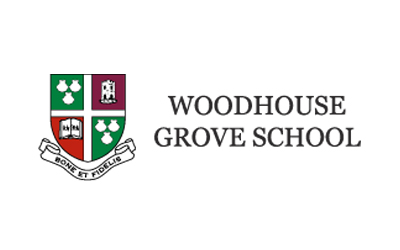Our Herbert Fowler-designed par 71/73 moorland links championship course, re-laid in 1923, is one of the oldest in Yorkshire and provides a real challenge for golfers of all handicaps.
The course runs in two natural loops with the 10th and 18th holes finishing outside the Clubhouse. Many holes are played along well-defined, tree-lined fairways to fast and testing greens with subtle borrows.
Always in immaculate condition, the course has benefited from a significant improvement program to ensure that it remains pristine and playable throughout the seasons in all but the most adverse weather conditions.
We are the home of The Hawksworth Trophy, a prestigious 36-hole medal-play competition for the leading amateur golfers in Northern England and the course continues to be used for many prestigious Yorkshire Championship events.
‘We had played a really poor course the day before, so this was what we had expected of Yorkshire, nice clubhouse, lots of bargains in the friendly pro shop and nice staff and friendly members. A fairly tough course with some small greens to try and hit a but a good challenge!! The staff were excellent and looked after us well, even with a Christening to look after.Give this course a try if you like a nice friendly challenge with nice surroundings and good people.’
- NairnGolfer (Tripadvisor)
Best golf course in the area bar none!
- Martin Holdsworth (Google Reviews)
Hole by Hole Overview
Take a moment out to look through the layout of all our beautifully designed and crafted Herbert Fowler 18 holes.
Click on the Hole Flyover buttons on each and every hole to view the course in all its glory.
The hole runs directly west, generally playing into the prevailing wind. Played along a ridge parallel with Hawksworth Lane with out of bounds on the right, the green is just visible from the tee. Willow Lane crosses the fairway while a bunker on the left may catch any slightly off straight shots.
Approach shots are generally made to unsighted green which is long, slopes strongly right to left and is guarded by two shallow bunkers, front left and side right. The hole provides a gentle start to the course, easing players into their round and the challenges to come.
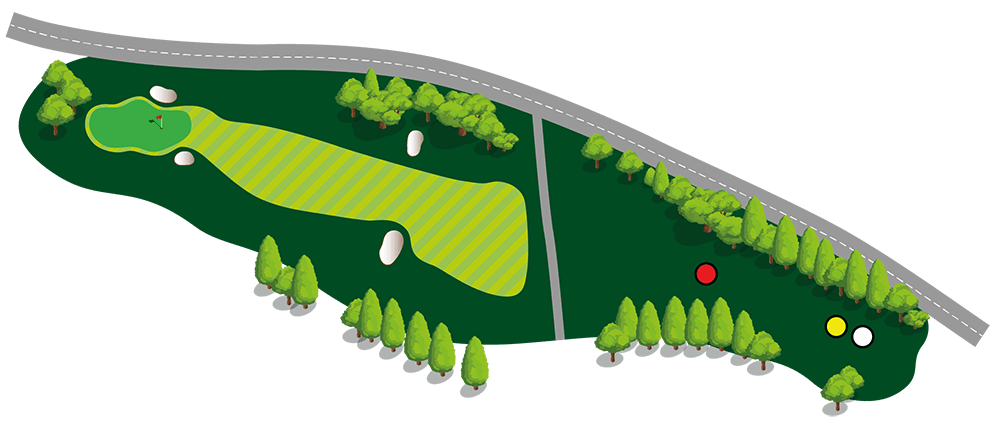
• PAR 4 – 321 yards. S.I. 11 | • PAR 4 – 321 yards. S.I. 11 | • PAR 4 – 321 yards. S.I. 11
Little changed since Fowler’s redesign in 1923, the 2nd is played in the same direction as the 1st. Again, there is out of bounds all the way down the right, but not particularly close in. The tee sits on a ridge requiring a drive across a valley. From the tee it is essential to keep to the right side of the fairway as everything slopes steeply to the left. A fairway bunker on the left and trees on the right make the drive relatively demanding.
All second shots are blind as the green sits at the bottom of the ridge beyond. Try to hit to the right as both the slope and the green fall away quite sharply to the left. The green is open on the right, with a large bunker on the left of the green to catch anything not on target.
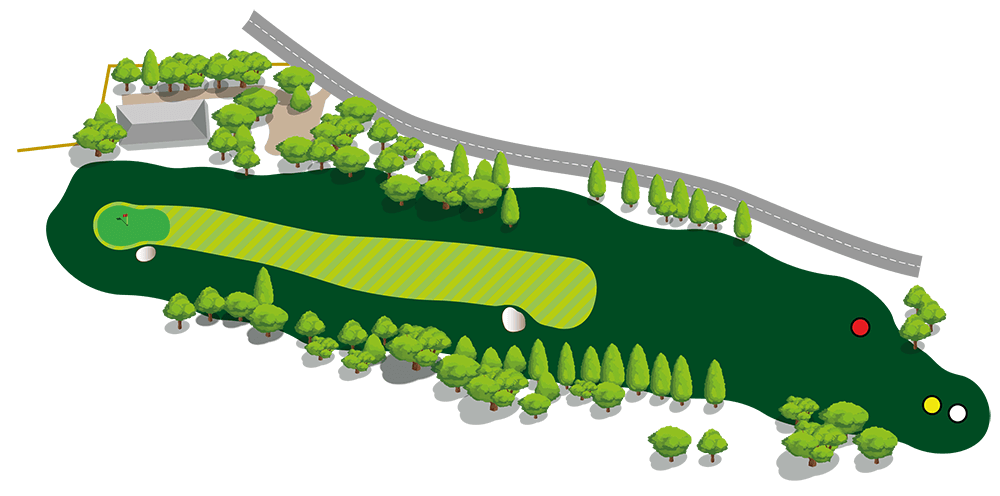
• PAR 4 – 412 yards. S.I. 5 | • PAR 4 – 407 yards. S.I. 5 | • PAR 4 – 356 yards. S.I. 4
The first of three short but challenging par-3s the 3rd runs south and requires a tee shot across a dip to a green on the crest of Birkin Hill. Hitting the green poses a real challenge as it’s guarded by two bunkers on each side of the green and towards the front.
A narrow saddle in a ridge running across the front, with a slightly downhill provides entry to the green. Increasing the challenge is the prevailing wind that blows from the right and can push tee shots towards a steep bank falling very sharply away to the left and rear of the green.
A shorter tee shot here gives the best chance of avoiding the worst trouble and making a par. This hole is a real link with the past and is to be valued for that reason alone.
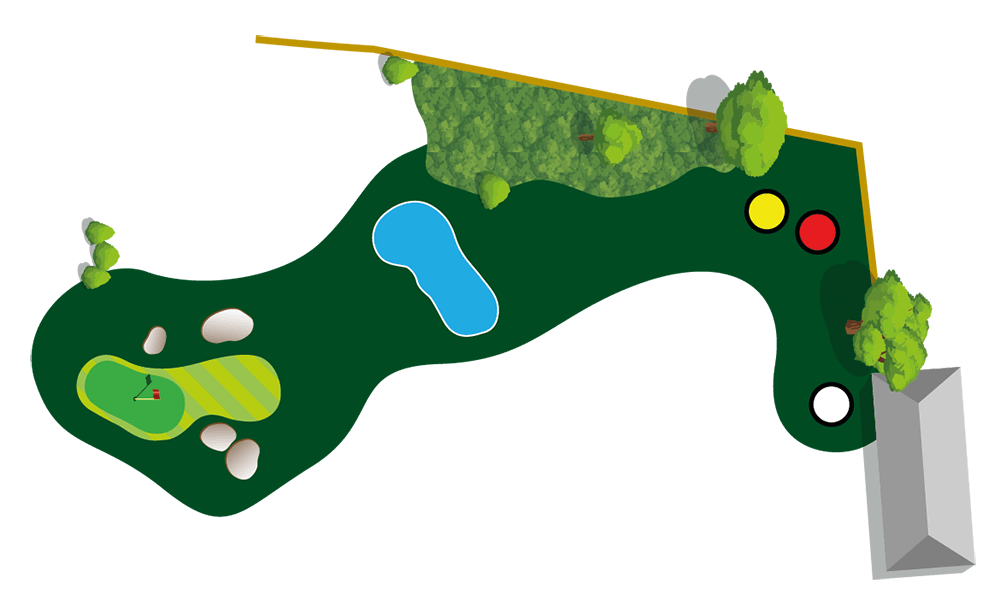
• PAR 3 – 153 yards. S.I. 13 | • PAR 3 – 142 yards. S.I. 13 | • PAR 3 – 148 yards. S.I. 14
Hole 3 – Sponsorship Available. Please contact secretary@bradfordgolfclub.co.uk
The 4th hole also runs south with an elevated tee and is a typical Fowler ‘risk and reward’ hole with the fairway in the player’s favour, sloping downhill toward the hole. A drystone wall on the right, marking the out of bounds boundary of the course, runs the full length of the hole and often comes in to play. There is a bunker on the left-hand side of the green hidden from the tee.
With a good drive, the green is only a short pitch downwards to the large sloping green. This hole stands as an invitation for some players to open their shoulders and drive the green and so have a putt for an eagle, balanced against the real threat posed by the out of bounds to the right.
An element of strategy and “risk and reward” makes this one of Fowler’s trademark holes!
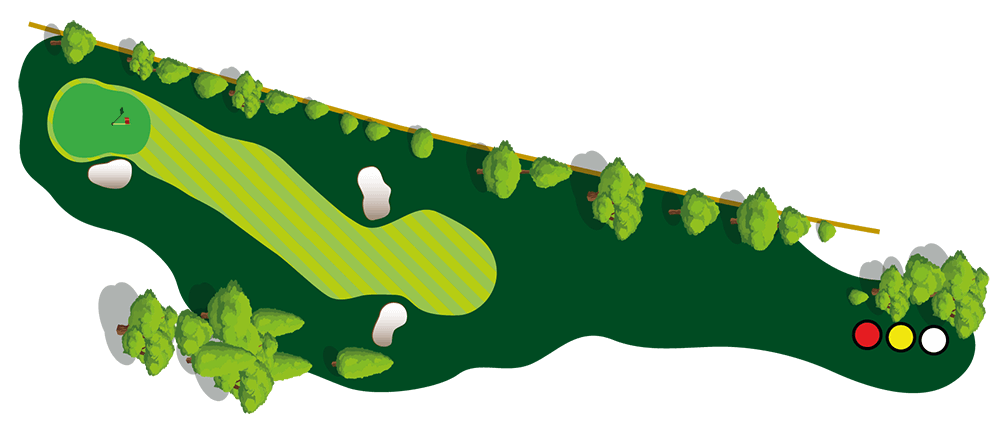
• PAR 4 – 278 yards. S.I. 17 | • PAR 4 – 274 yards. S.I. 17 | • PAR 4 – 269 yards. S.I. 18
The 5th is a demanding ‘no-nonsense” challenge even bearing in mind the prevailing wind is with the drive for this slight dog-leg right hole. Tall trees, rough and a bunker about fifty yards short of the green all on the right-hand side mean the safe line from the tee is to the left side of the fairway. This leaves a longer second but opens up the green. There are also trees on the left menacing the tee shot.
Playing slightly uphill with the green well-guarded by bunkers left and right again, the approach tends to run the ball down to the right. The green is a very tricky one with a distinct slope down from the left and from the rear frequently meaning three putts.

• PAR 4 – 460 yards. S.I. 1 | • PAR 4 – 451 yards. S.I. 1 | • PAR 5 – 378 yards. S.I. 10
The 6th hole turns the player back to the west and once more into the prevailing wind. The red tee is high and to the right of the 5th green while the yellow and white tees are relatively low down and set in trees. This hole has a considerable degree of subtlety and the first thing for the player to do on reaching the tee is to check where the flag is on the green as he tee shot needs to be middle to left to open up the green; anything right off the tee brings the greenside bunker into play and as the green slopes right to left makes the second shot that much harder.
The fairway is undulating and quite narrow, but a well hit drive will catch a downslope and shorten the approach shot. A dip before the green with a slight upslope and ridge which runs across the entry, make the second shot more difficult. This is compounded further by a grass bunker at the front left of the green.

• PAR 4 – 357 yards. S.I. 7 | • PAR 4 – 345 yards. S.I. 7 | • PAR 4 – 307 yards. S.I. 8
Running east, this long and challenging dog-leg left hole is favored by the prevailing wind. On the left are two copses of tall pine trees. the planting of which in the early to mid-1950s changed the whole character of this hole since they were on the line of the tee shot at that time.
The fairway up to Willow Lane slopes steeply left to the right running many drives into the right rough. The best position after the tee shot is in the middle of the fairway, as the left can be blocked by the trees. Having crossed Willow Lane avoid a cross bunker in-front of the green before approaching the large green which again slopes left to right and is guarded by a bunker on the left and two on the right. The green is exceptionally large so pick your approach club very carefully
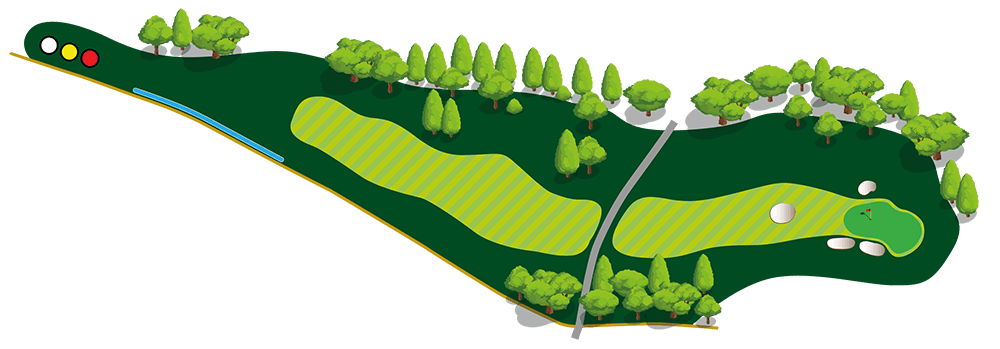
• PAR 4 – 440 yards. S.I. 3 | • PAR 4 – 433 yards. S.I. 3 | • PAR 5 – 427 yards. S.I. 6
Hole 8 is one of two major changes from Fowler’s original plan for the course. He envisaged four par three holes, and this was going to be one. The plan originally had the tee quite some distance on from the 7th green. However, it seems that things were revised and a par 4 was put in its place, to the same green, but from a tee back and to the right of the 7th green.
The hole runs in the same direction as the 6th and is uphill all the way. There is a stone wall marking the out of bounds for the first hundred yards or so. This is quite close in but provides no danger. After the end of the wall there is a line of trees further out on the right, also marking the out of bounds but should pose no threat. Standing on the tee, the cleverly located bunkers make reaching the fairway look very daunting.
Avoid the cross bunker on the left-hand side of the fairway to leave yourself a clear approach shot to the green which is guarded by bunkers left and right. There is a lot of room on the right side of the fairway off the tee, but for not the best line. There is a significant slope at the front of the green, so it’s always advisable to take one club more than you think.
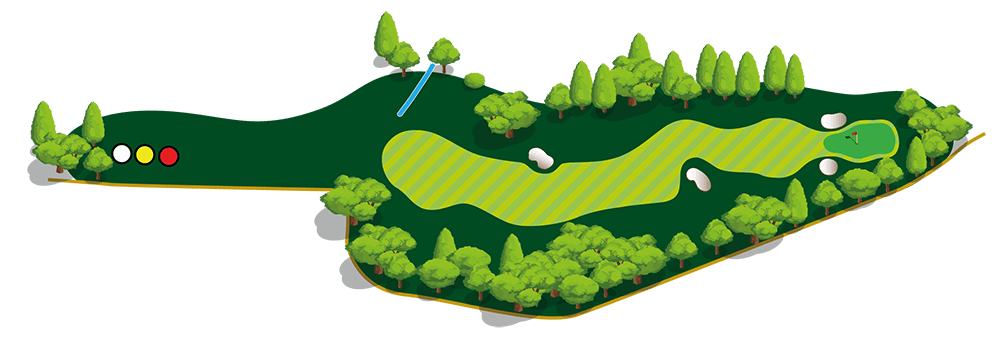
• PAR 4 – 341 yards. S.I. 9 | • PAR 4 – 336 yards. S.I. 9 | • PAR 4 – 326 yards. S.I. 12
This is the first of two par 5s and after the Fowler revision in 1922, a triangular piece of land adjacent to the course was given to the Club to enable the construction of a new back tee. The gift was probably made in the 1960s and the change had been made by 1973. The 9th goes in a westerly direction against the prevailing wind which when it blows can make this a very demanding hole. The yellow and white tees are placed attractively between a stone wall and the trees at the rear of the 8th trees while the red tees are about 140 yards in advance.
The green is visible in the distance perched on a ridge that forms part of Greenhouse Hill. There are trees all the way down the left side of the hole. There is a similar line of trees on the right until about halfway with out of bounds on the practice ground just to their right.
The trees give the impression of the tee shot being narrower than it is. This first part of the hole is sloping very gently in the player’s favour while a line of three bunkers just before Willow Lane pose a challenge for approach shots. After Willow Lane the ground rises significantly to the plateau green with a left-hand greenside bunker poses a real challenge, as it is well below the level of the green meaning the ball must get into the air very quickly.
The green is always a difficult target from any distance, especially when the flag is at the front. There is very little margin for error as it is hog-backed and balls easily run through the green. The ground beyond the left side of the green falls sharply away and to the right of the green there is a little dip in the ground. The green is difficult to hold in two shots because of its orientation, and even a pitch from in front and below is demanding.
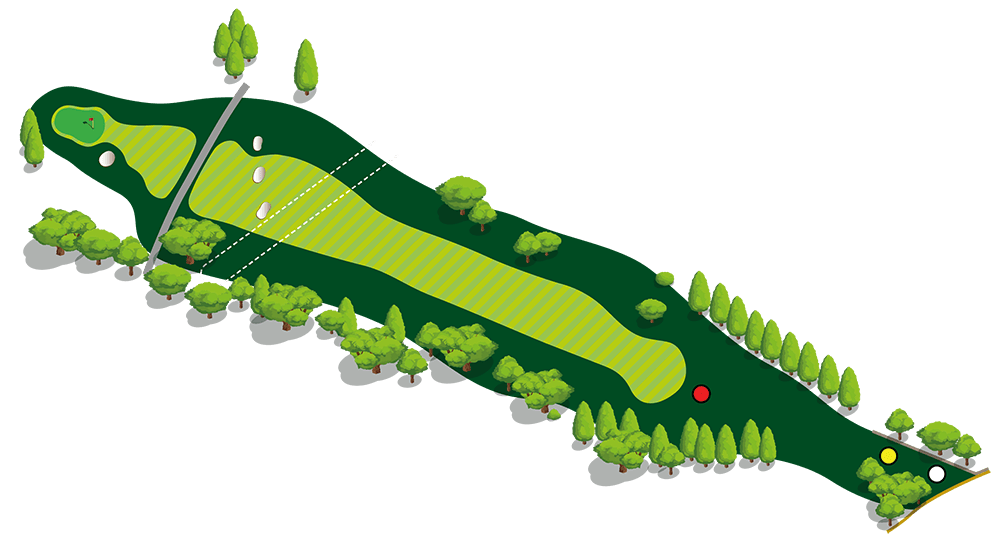
• PAR 5 – 491 yards. S.I. 15 | • PAR 5 – 466 yards. S.I. 15 | • PAR 4 – 353 yards. S.I. 2
Hole 10 is the other major change from Fowler’s provisional plan. He envisaged the tee being to the east of the previous green and saw this hole as a short par 4 to the present green. However, at some point the White tee was moved back and right across the previous fairway to create a longer and more demanding par 4 hole, something which was in place by 1935.
The tee shot is slightly uphill and threatened by gorse and rough to the left while a line of trees and the out of bounds on the practice ground wait to the right. The two bunkers on the ridge to the left of the fairway should only come into play for the truly big hitter but should provide an aiming point for the best approach to a very long green. The green is long and the pin position can make a one or two club difference to club selection for your shot in. Bunkers front right front left and the out of bounds on the right constitute a significant threat to approach shots.
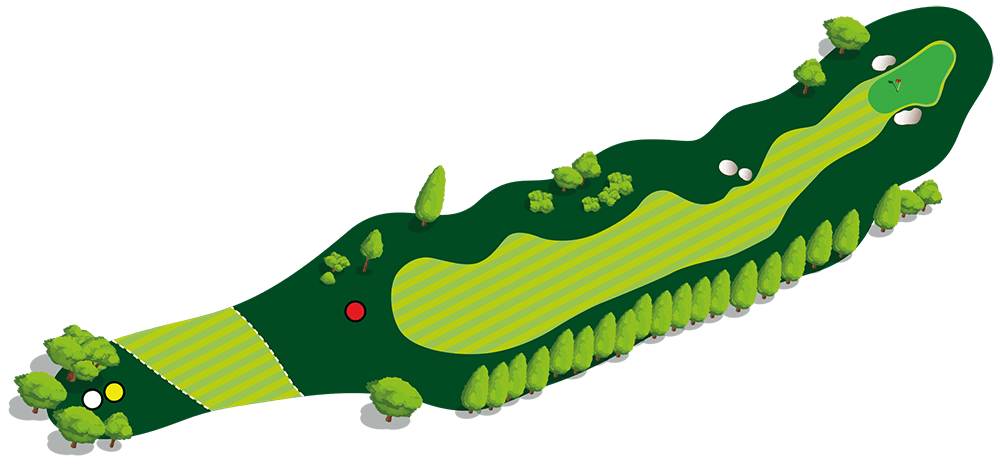
• PAR 4 – 393 yards. S.I. 4 | • PAR 4 – 391 yards. S.I. 4 | • PAR 4 – 274 yards. S.I. 7
The elevated 11th tee on the ridge next to the Clubhouse offers beautiful views across the valley to Baildon. This hole was originally the opening hole in the 1922 layout and is a real birdie opportunity.
Running in a south westerly direction down a slope, two fairway bunkers, trees on the right, plus Willow Lane create some defence for the hole. On the left is a patch of heavy rough, plus a few trees. A short pitch across mainly level ground to a flat green should enable you to miss greenside bunkers front left and front right but beware another further on at the right, and a drop at the back.
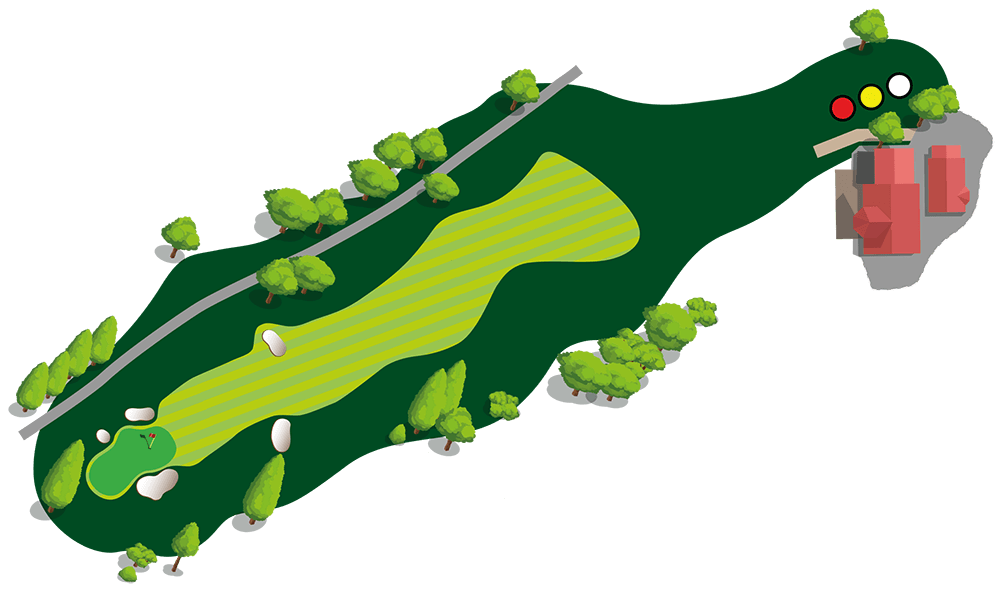
• PAR 4 – 304 yards. S.I. 18 | • PAR 4 – 294 yards. S.I. 18 | • PAR 4 – 288 yards. S.I. 17
This is a beautifully located short hole with more wonderful views down the valley. The green is not an easy target despite the relative shortness of the hole. Normally, the wind blows from the right, adding to the difficulty. By looking at the flag on the 9th, situated just behind this green, one can see how strong the wind is. The sheltered tee makes club selection difficult, but the hole usually plays shorter than expected.
The 12th green is perched on Greenhouse Hill but is still somewhat downhill. The green lies diagonally across the line of play with two bunkers to the right, one to the left and a fourth one close to the green in front. The latter is well below the hole, making visibility difficult and the need to get the ball up quickly. Between tee and green is a dip in the ground. The ground around the green falls away severely on all sides apart from front right.
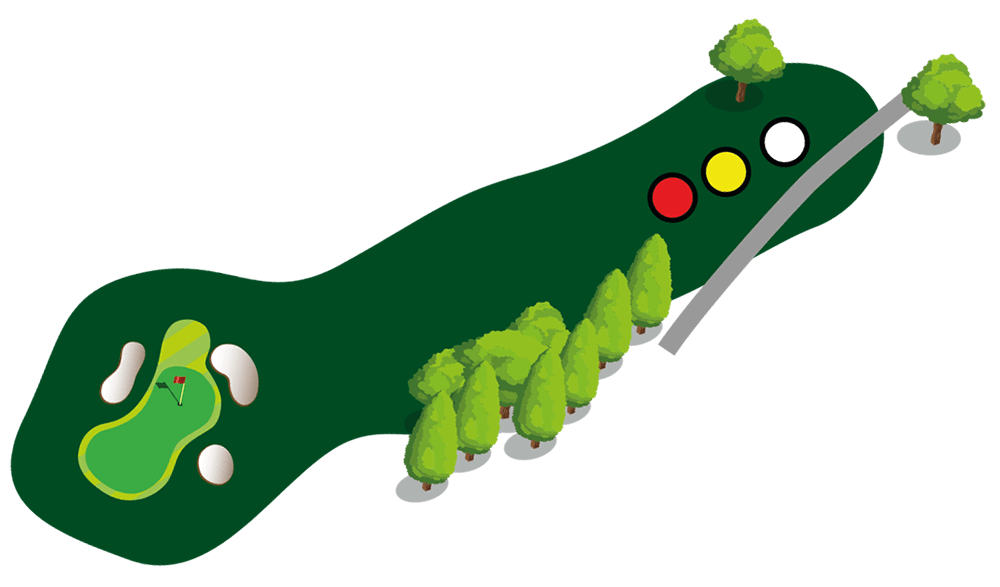
• PAR 3 – 138 yards. S.I. 14 | • PAR 3 – 126 yards. S.I. 14 | • PAR 3 – 115 yards. S.I. 15
Playing westward against the prevailing wind there is a ditch going across in front of the tees. The tee shot tends to make the player favour the left side, but this is not the correct strategy. The best line in is from the right, although trees either side of the fairway along with two fairway bunkers punish wayward shots. The green is long and slopes down slightly to the left; it’s well-guarded by four greenside bunkers but there is relatively little trouble at the back of the green. What looks initially a penal hole does have an element of strategy.
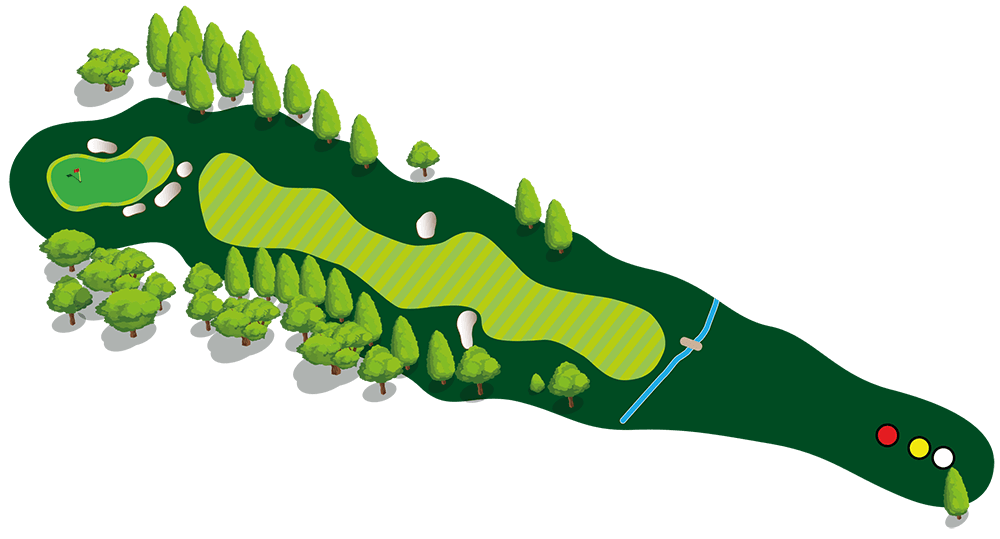
• PAR 4 – 363 yards. S.I. 8 | • PAR 4 – 352 yards. S.I. 8 | • PAR 4 – 347 yards. S.I. 3
A short but tough par 3, the 14th runs northwards and significantly uphill, playing much longer than you think. A three here is a score to be celebrated. The green is set into the face of Birkin Hill, framed by the slopes behind it topped by a single tree.
The tee is sheltered, but the green is exposed to the prevailing wind from the left making club section tricky. The elevated green is on a narrow spur and is guarded by three bunkers, one at the front left and two more at the right, all visible from the tee.
The front left bunker is especially difficult to recover from. There is fescue on the mound to the rear of the green while anything to the right will fall away to either the bunker or down the hill. The green is slightly stepped and slopes down from back to front.
This hole has always been considered one of the best on the course. It is a delightful short hole and a successful tee shot, especially with a strong wind from the left, is a source of great satisfaction.
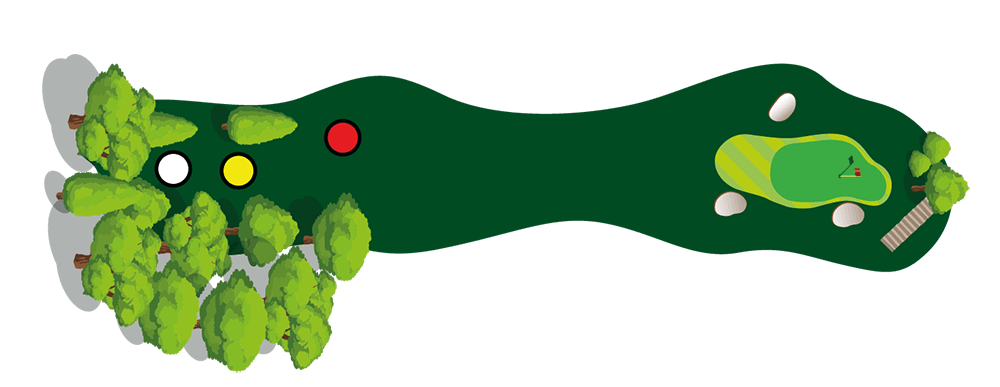
• PAR 3 – 163 yards. S.I. 10 | • PAR 3 – 154 yards. S.I. 10 | • PAR 3 – 127 yards. S.I. 13
Running in an eastward direction the 15th is favoured by the prevailing wind. From the tee complex on Birkin Hill, the highest point on the course, the tee shot plunges downhill into a valley which then flattens out.
There are groups of trees on both sides and a large cross-bunker down the right side of the fairway. The approach shot is over a ditch to a tricky green which slopes down to the right and back towards the player.
The green is guarded by a bunker forty yards short on the left of the fairway, blocking the approach from that side. However, there is a bunker at the front left of the green and a more threatening one front right which eats into the green and can cause problems for an approach from that side.
The ground rises up towards Greenhouse Hill and tends to run the ball in from the left. Try to leave your approach shot under the hole to give yourself the best chance of holing your putt.
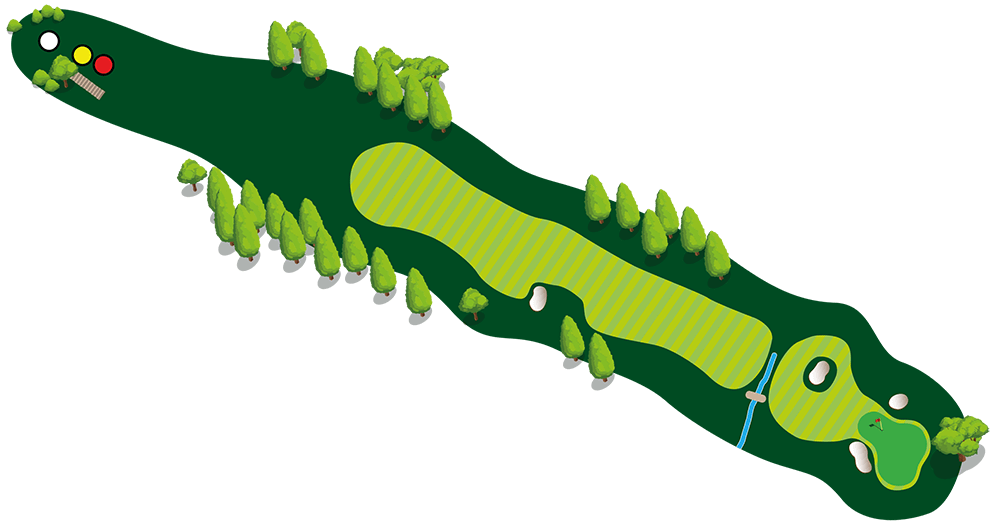
• PAR 4 – 417 yards. S.I. 6 | • PAR 4 – 396 yards. S.I. 6 | • PAR 4 – 390 yards. S.I. 1
Turning back into the prevailing wind and once again the tee is elevated the 16th is a truly challenging hole. Some players consider this to be the toughest hole on the Course The narrow fairway is guarded by groups of trees and a daunting bunker complex. The fairway lies along a kind of natural shelf and the ground falls away to the left encouraging play to the right of the fairway.
Approach shots to a large Mackenzie style green need to be accurate. As well as the greenside bunkers the ground to the left rear of the green drops away quite severely. This is a demanding hole. It has an impressive look about it both from the tee and for the approach shots.
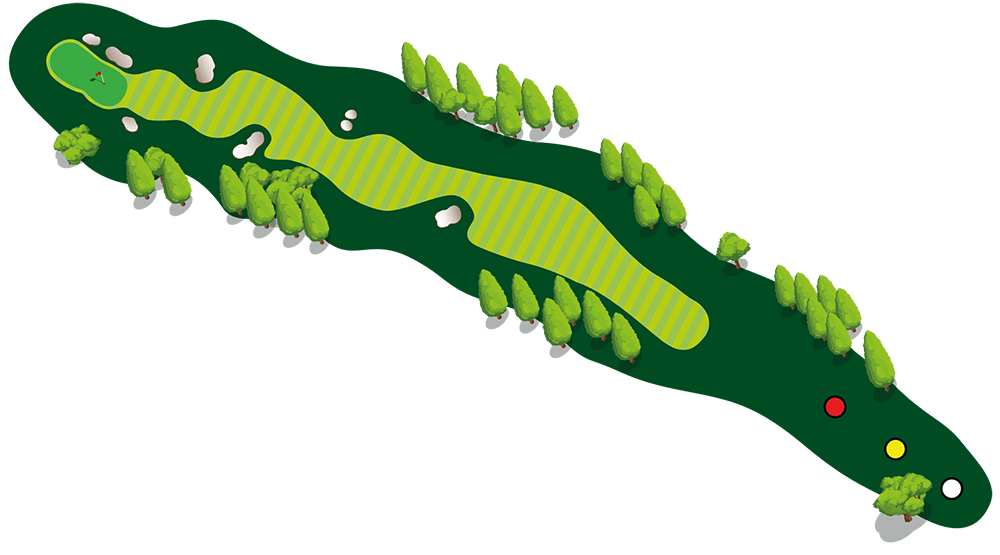
• PAR 4 – 416 yards. S.I. 2 | • PAR 4 – 395 yards. S.I. 2 | • PAR 5 – 354 yards. S.I. 11
The 17th is a sharp dog leg to the right, running in an eastward direction, so again benefitting from the prevailing wind. The fairway slopes from right to left where the three bunkers at the dog leg wait to catch the unwary.
The safest line is well to the left hand-side of the fairway. Around the dog leg the view to the green opens up, but with no landmarks at the back to give focus, there is the possibility of over clubbing. Approach shots are to a well-protected uphill green. A cross-bunker about 30 yards form the green and hidden greenside bunkers left and right mean that a longer shot generally pays dividends.
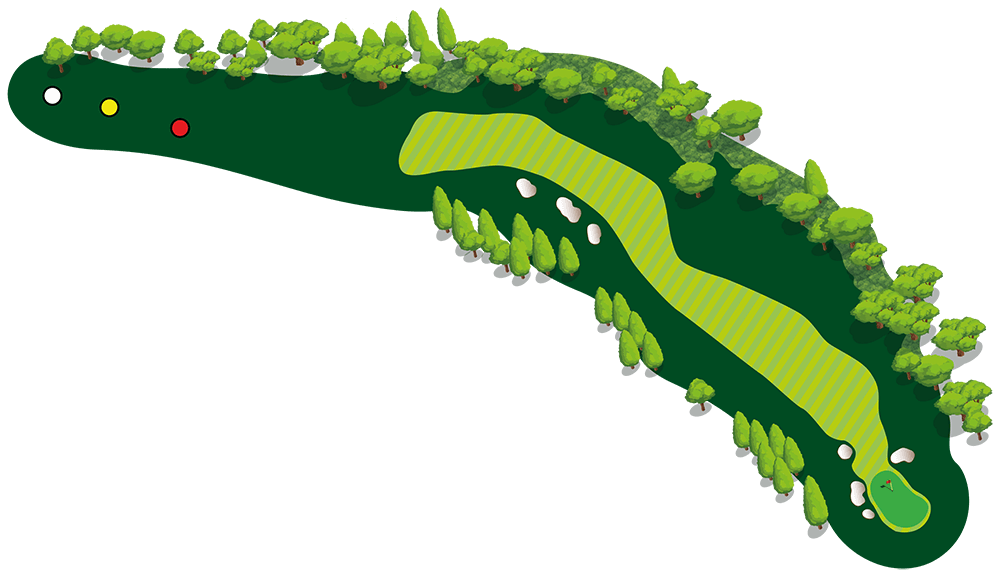
• PAR 5 – 488 yards. S.I. 16 | • PAR 5 – 463 yards. S.I. 16 | • PAR 5 – 426 yards. S.I. 5
The 18th runs north and is uphill all the way. The tee shot is through a narrow neck between two sets of trees. The left-hand side of the fairway provides the best line to the green especially as there is a large tree on the right blocking that way in.
Willow Lane (by this time a sunken road) bends left not far from the green and runs diagonally across the fairway and is in play. This gives a degree of risk and reward. Go for the green or lay up?
The green is set into the rising ground which is quite steeply banked in front. The green is guarded by three deep bunkers, one to the left front and two to the right front and side. The tiered green slopes down to the front, so it is best to try to stay below the pin. Judging approach shots can be difficult as the bottom of the flag cannot be seen from down the fairway.
The hole makes a good finishing hole as birdie possibilities are always there but so is the risk of a bogey.

• PAR 4 – 312 yards. S.I. 12 | • PAR 4 – 309 yards. S.I. 12 | • PAR 4 – 302 yards. S.I. 9








